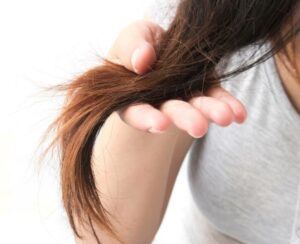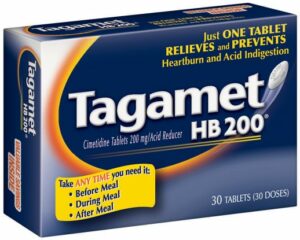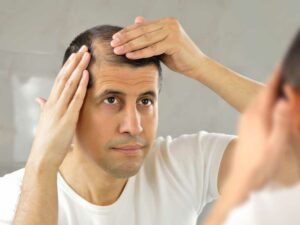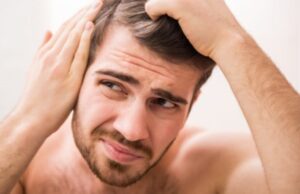The 4th and 5th year Propecia results were announced today at the American Academy of Dermatology Meeting in Washington, DC. Dr. Elise Olsen presented the results during her presentation on pattern hair loss in men and women at the ‘Hair’ symposium of the meeting. The 5 year results presented a mixture of good and bad news to Propecia users.
The bad news is that overall hair counts and percentage of responders continued to decline in the 4th and 5th years of treatment just like they did in the 2nd and 3rd years. The decrease in responders and hair counts was small, in fact the decrease was largest in the 2nd year and was smaller in each successive year and seems to almost even out by year 5.
The good news is that as you will read below the results were generally maintained. According to one of the presenters, Dr. Wilma Bergfeld, the people who were still responders at the 5th year were still seeing increases in hair quality even after five years. “Every year they get an increment better,” said Bergfeld.
Even though the news that hair counts and responder percentages continued their gradual, slight decline, the data for people not using Propecia may put the news in proper perspective. After 5 years, 65% of Propecia users saw no further hair loss while 35% showed some hair loss after five years. In placebo users, however, 100% of participants continued losing hair. Not only that, but just as the hair counts in responders slightly decreased over each successive year after the first, hair counts in placebo users dropped faster each year, showing that even though some individuals did see a decrease in hair count from their initial gains, if they were not continuing to use Propecia they would be losing hair at an even faster rate.
Hair Counts
The tale of the hair counts tells the tale. In the first year, hair counts in responders rose an average of over 90 hairs per square inch. By the 2nd year, the count dropped back to about 80 above baseline, then around 60 above baseline by year 3, 50 above baseline by year 4, and just over 40 hairs per square inch above baseline by year 5, showing that average hair counts rose dramatically in the first year but dropped by about 50% from their first year increase above baseline by the 5th year.
The tale of the placebo users is even more dramatic. They lose about 30 hairs per square inch during the first year, then close to 80 below baseline by the 2nd year, over 100 by the 3rd year, and over 160 by the 4th year. By the time they reach the 5th year, the placebo users have lost an average of over 220 hairs per square inch below their baseline amounts.
Photographic Assessment
Photographic assessments show that the drop in hair count average drops are due more to the people who received the least benefit from Propecia in the first place. Basically, some of the people who did not see a change but maintained their hair through the first few years or who showed slight improvement started backsliding. Those who showed moderate or great improvement maintained their results. Here are the numbers.
No Propecia users had their hair counts decrease greatly compared to about 19% of placebo users. A small 3% of Propecia users showed a moderate decrease in hair compared to 31% of placebo users, and 7% of patients showed a slight decrease in hair compared to 25% of placebo users. Forty-two percent of Propecia users showed no change in their hair compared to 19% of placebo users, 22% showed a slight increase in hair compared to 6% of placebo users, 21% had a moderate increase in hair compared to no placebo users, and interestingly enough, 5% showed a great increase in hair (the same as in previous years). So apparently the better a responder you are, the more likely you are to maintain your results.
Patient Self-Assessment
In the patient self-assessment, 48% of Propecia users said they were satisfied with their frontal hairline, 59% were satisfied with the top of their head, and 63% were satisfied with their hair overall. This compares to 7% of placbo users satisfied with the front, 13% satisfied with the top, and 20% satisfied overall with their hair.
Side Effects
Perhaps the best news was in the area of side effects. In year 1, 3.8% of patients experienced drug related sexual side effects compared to 2.1% of placebo users. 1.8% of Propecia users had a decrease in libido, 1.3% showed erectile dysfunction, and 1.2% had ejaculation disorder. This compares to 1.3% of placebo users having a libido decrease, 0.7% with erectile dysfunction, an 0.7% of placebo users with ejaculation disorder. This dropped in successive years until in year 5 only 0.6% of Propecia users had sexual side effects including 0.3% with libido decrease, 0.3% with erectyle dysfunction, and none with ejaculation disorder. No placebo users showed sexual side effects after 5 years, however only a small percent (23 of the original 934) of the placebo group were still on placebo and in the studies after 5 years.
Investigator Assessment
When the investigator assessment results were compiled, they were fairly similar to the photographic assessments, although oddly the percentage showing no change was much smaller and the percentage of great responders was much higher. No propecia users were judged to have a great decrease in hair compared to 8% of placebo users; 3% of Propecia users showed a moderate





